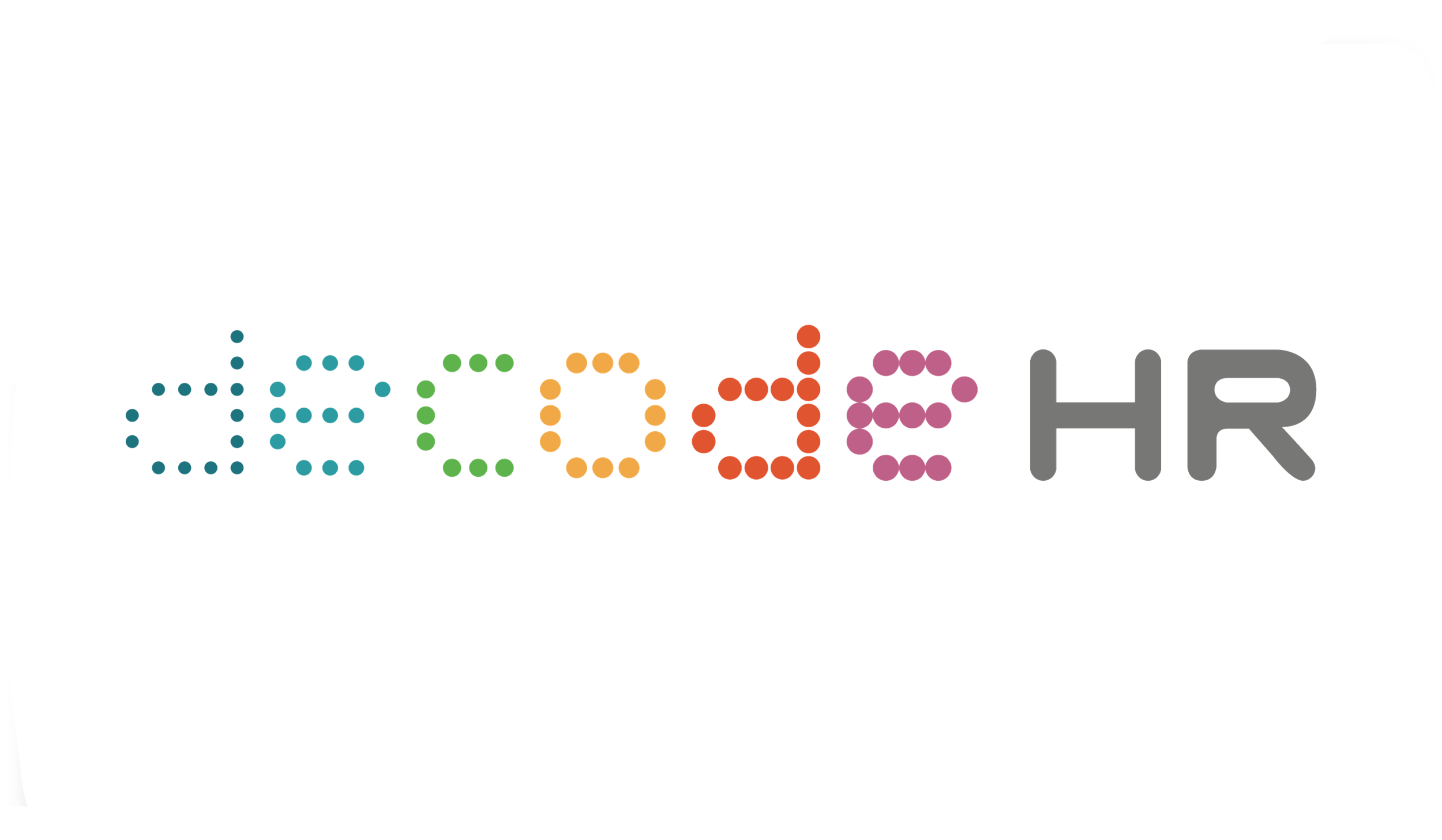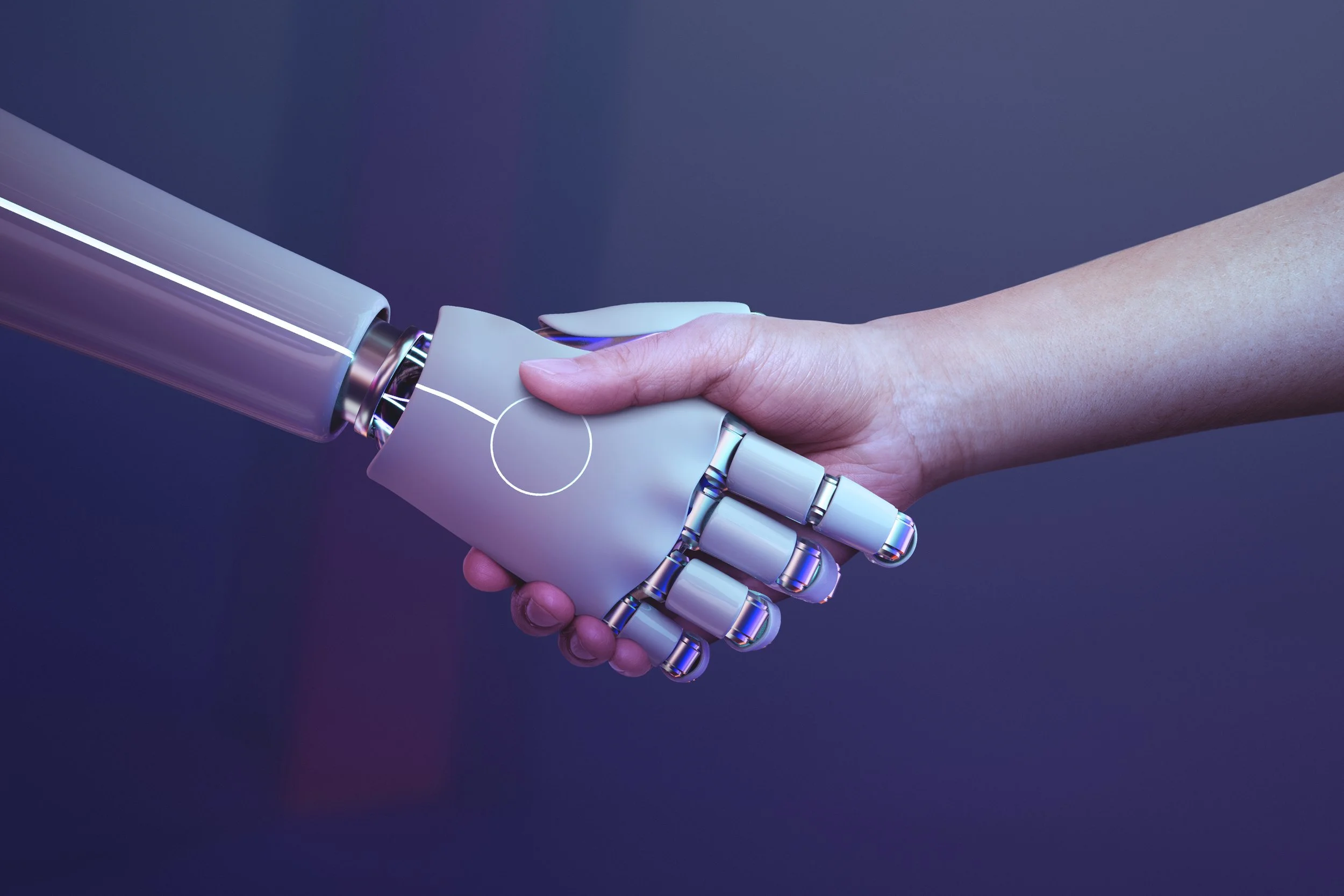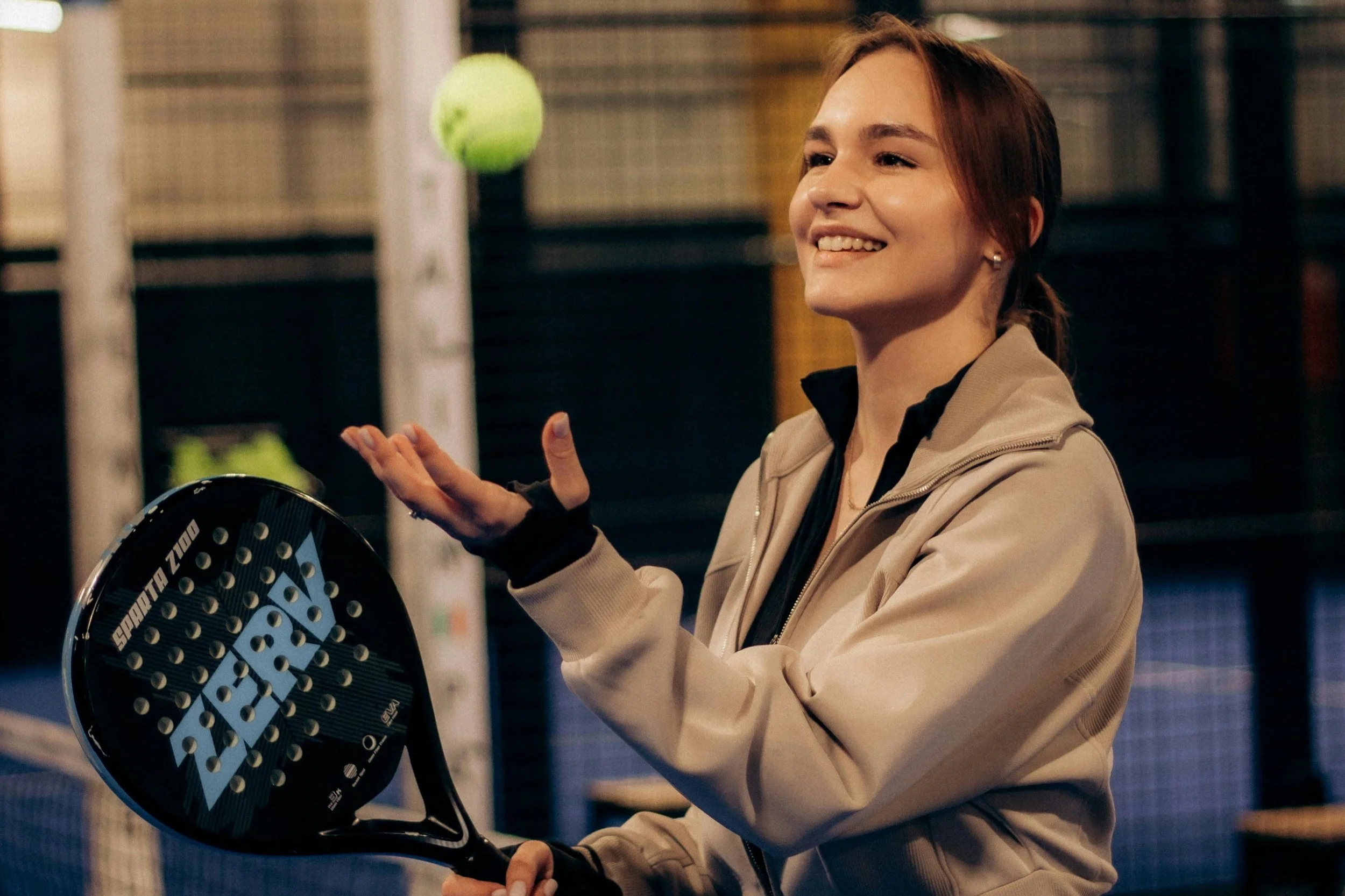How Artificial Intelligence Is Boosting the Talent Acquisition Process
Reading time: 4 mins
Check out the 5 ways that AI is revolutionising the hiring process.
Artificial Intelligence (AI) has become a staple for many industries. The automation and learning it provides have eliminated the need for human intervention at certain steps and jobs. AI is constantly developing and learns from its experience through Machine Learning (ML). While the health and finance sectors are among the most popular in using AI and ML, the human resource sector is no different. AI and ML have revolutionised hiring by removing bias, speeding up the process and providing employers with valuable information on potential hires. There are 5 specific ways AI does so.
Affordability
Firstly, the use of AI can help companies to reduce costs and save money. AI can do things that a human can, which eliminates the need for manpower for certain functions. It is more affordable to invest in an AI-based recruitment software such as X0PA Recruiter than hire a full-time staff to complete the same tasks. Furthermore, AI mitigates potential human error and inconsistency. Since AI is a digital entity, it can run 24/7, which further speeds up screening and hiring activities. These also enhance the possibility of filling the open position with the right candidate in the first instance. This means reduced attrition and better budgeting on employee training and another spending that comes with hiring new people.
Efficiency
AI helps to increase efficiency by processing various data types and coming up with conclusions. A 2021 survey shows HR managers lose more than 50 hours a month because of manual tasks that automation could easily handle. This is where artificial intelligence comes in and saves them considerable time in their recruitment process. When AI screens through potential candidates, it can process data such as job experience, skills, and education. Using natural language processing, AI can interpret this data to find out which candidate is the most suitable for a job. Traditional recruitment methods will include a HR staff going through resumes and recommendations for each candidate and narrowing down the talent pool for the interview stage. There will be pre-set skills looked out for depending on the job scope.
However, for technical and high-level positions, recruiters may not have sufficient information to decide on a candidate’s suitability. AI can use key words or phrases related to a job scope and match that to candidates. ML allows AI to learn from each screening and draw more accurate conclusions based on factors such as key words or traits.
Candidates will want to apply for a company rather than a job, as it allows for flexibility in what job you are allocated. Candidates who are not sure what they want to do but have an idea of where they want to work can receive recommendations and matches from AI. This eliminates the need for person-to-person communication, discrepancies or human error which greatly improves the efficiency of the screening and hiring process.
Eliminating Bias
A key issue in the hiring process is bias. Recruiters may let demographic or personality differences between candidates cloud their judgement of which candidate is more suitable. Some demographic factors may include race, ethnicity, gender, gender preference, colour, etc. While this bias is unintentional most of the time, it can still lead to incorrect hiring and is unfair. Intentional bias is simply unethical and is unfortunately still an issue in some cases. AI does not look at demographics when recommending candidates. Such recommendations are purely made on qualifications which remove any bias that may occur.
Online Interviews
Previously, the interview process still required human intervention. Employees in charge of hiring had to manually set up interview calls on platforms such as Zoom and Microsoft Teams. Combined with the need for live interviews where an interaction occurs, HR staff will have to conduct many interviews with all the candidates. After all the interviews are completed, HR staff will compare different candidates manually. This is very time consuming and inefficient. AI can cut all this out by processing recorded one-way interviews using natural language processing and drawing conclusions based on candidates’ answers. AI can pick up on small details or statements that may be missed by humans which can help to decide on the best candidate. For example, AI examines the facial expression when a specific question is asked. A detailed overview is produced of candidate's body language and communication skills, which are otherwise hard to judge in remote workplace hiring.
Predicting Employee Success
AI can multitask seamlessly and connect the different tasks it is conducting. AI will be able to observe patterns and trends and output forecasts on an employee’s performance. Factors such as past job experience and the duration an employee was with their company are also considered. Employers will then receive a detailed report with all the forecasts for each candidate.
This post was created in collaboration with our AI partner, X0PA AI, which uses AI and Machine Learning to source, score and rank talent to identify the best-fit candidate for each company and role based on its patented algorithms.
Check out our other collaborative articles with X0PA AI here:
Can’t Trust AI to Hire? We Debunk the Big AI Myths
How AI Is Helping Increase Diversity and Inclusion Through Objective Recruitment








